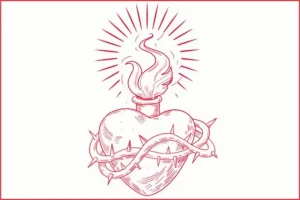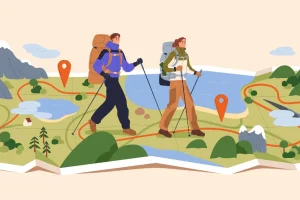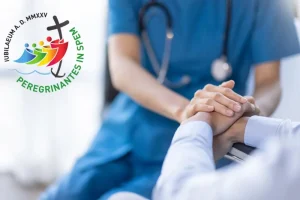Obsessive-compulsive or Ananchastic Trait Characteristics
Anankastic Disorder belongs to Cluster C: introversion and fear are prominent.
- Too inflexible
- Excessive perfectionism
- Rigidity
- Insecurity and anxiety
- Excessive preoccupation with order and control behaviors (wanting to control everything)
- Attachment to work and neglect of free time and friendships
- Difficulty adapting and making decisions
- They hate mistakes and get lost in details
- Frequent scruples
- Responsibility causes anxiety and dissatisfaction
* Anger appears over unimportant things. They may dislike emotionally expressive people, because they express their affectivity with a lot of control and formality. In situations where others smile, or would smile without problems, they do not. They don’t say anything unless they are sure it is perfect. They rarely give compliments or express affectionate feelings.
* They have difficulty with jobs or new situations where flexibility and decisiveness are required.
* Developmental causes include difficulty with interpersonal relationships, low self-esteem, anger and dependency management, cognitive style, and relationships between work and emotional reactions.
* Unsatisfied desire for esteem, love and dependence create anger and dependence seeking. The ego activates defense mechanisms that lead to the exclusion from consciousness of feelings, memories or desires that pose a threat, hence the typical individualism.
* Unconsciously underlies an unsatisfied need for love and attention. From this derives the search for perfection, inflexibility and moralism, excessive dedication to work and the desire for affective gratification.
* Fear of rejection or loss of emotional control is always present. Numerous features of this disorder are found in patients with depression. In fact, obsessive-compulsives more often have mood or anxiety disorders.
* One speaks of anancastic personality disorder or anancastic personality, from the Greek (άναγχαστιχός = mandatory = obsessive), to indicate an obsessive tendency of thought which, only if excessive and constant, constitutes a true disorder.
* It is twice as frequent in men as in women.
* It is one of the most common disorders in the population, with a prevalence of 2.1 to 7.9%.
👉 How to cope with a Personality Disorder
Source (in Spanish): Wenceslao Vial, Madurez psicológica y espiritual, Palabra.








0 Comments